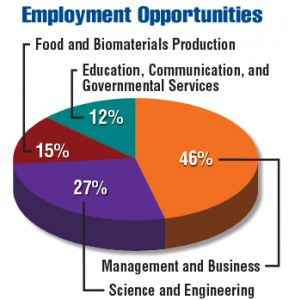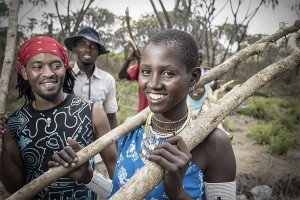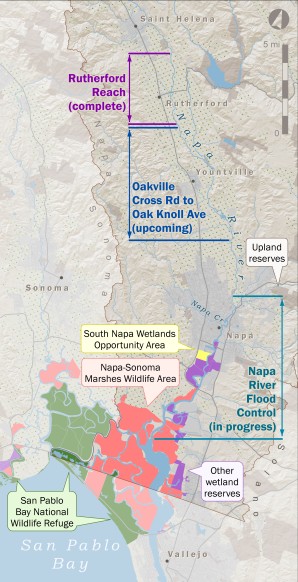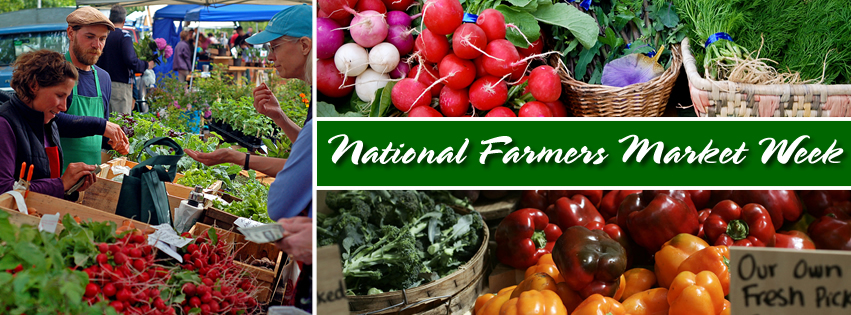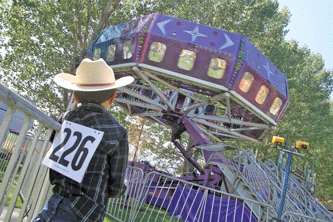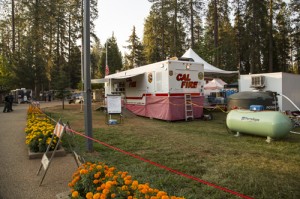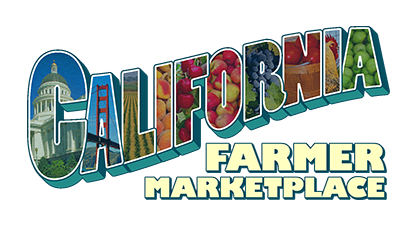
I am happy to announce the launch of the California Farmer Marketplace, www.cafarmermarketplace.com, by the California Department of Food and Agriculture’s Office of Farm to Fork. The Marketplace is a free statewide website that will feature fresh California produce, grains, meats, eggs, and dairy products for sale directly to institutions and other consumers. This project was made possible with funding from the USDA’s Specialty Crop Block Grant Program, with additional support from the California Department of Education, and the California Department of Public Health.
The Marketplace will improve food access for California public schools and expand market opportunities for food and agricultural industries. Through a simple registration process, California farmers and ranchers can link directly to any consumer, including institutions, community groups, and individuals. The service will streamline direct connections with school food service directors to further statewide farm-to-school efforts and the amount of California grown and produced foods on our children’s school lunch trays. To date, the National School Lunch Program is the most effective method of reaching the more than 3 million California school children who eat school lunch every day.
Though the connection between farms and schools may seem simple, creating a consistent language and manner of communication has been a huge barrier. The Office of Farm to Fork worked directly with farmers and food service directors to develop a site that meets their needs. California schools participating in the National School Lunch program spend over $2 billion annually. This spending represents a large and consistent market opportunity for farmers and ranchers looking to broaden and accommodate our diverse and growing food systems. As a strong supporter of our state’s agricultural industries and child nutrition, I urge you to register on the California Farmer Marketplace and to share the site with your colleagues and extended networks. Please visit www.cafarmermarketplace.com to register today!
NOTE – California was one of eight states selected to participate in USDA’s Pilot Project for the Procurement of Unprocessed Fruits and Vegetables. This pilot program allows schools to use their entitlement dollars to purchase fruits and vegetables directly from farmers and can be a great way for farmers to expand into school markets.
On August 13, at 11 a.m., the USDA will host a webinar for farmers on the pilot and review the eligibility requirements and application submission process. The USDA will also cover how the pilot can leverage existing relationships between farmers and schools and encourage formation of new partnerships. We highly encourage food producers to join the webinar and find out more about this opportunity. Registration at http://bit.ly/FVWebinarCP081315.



